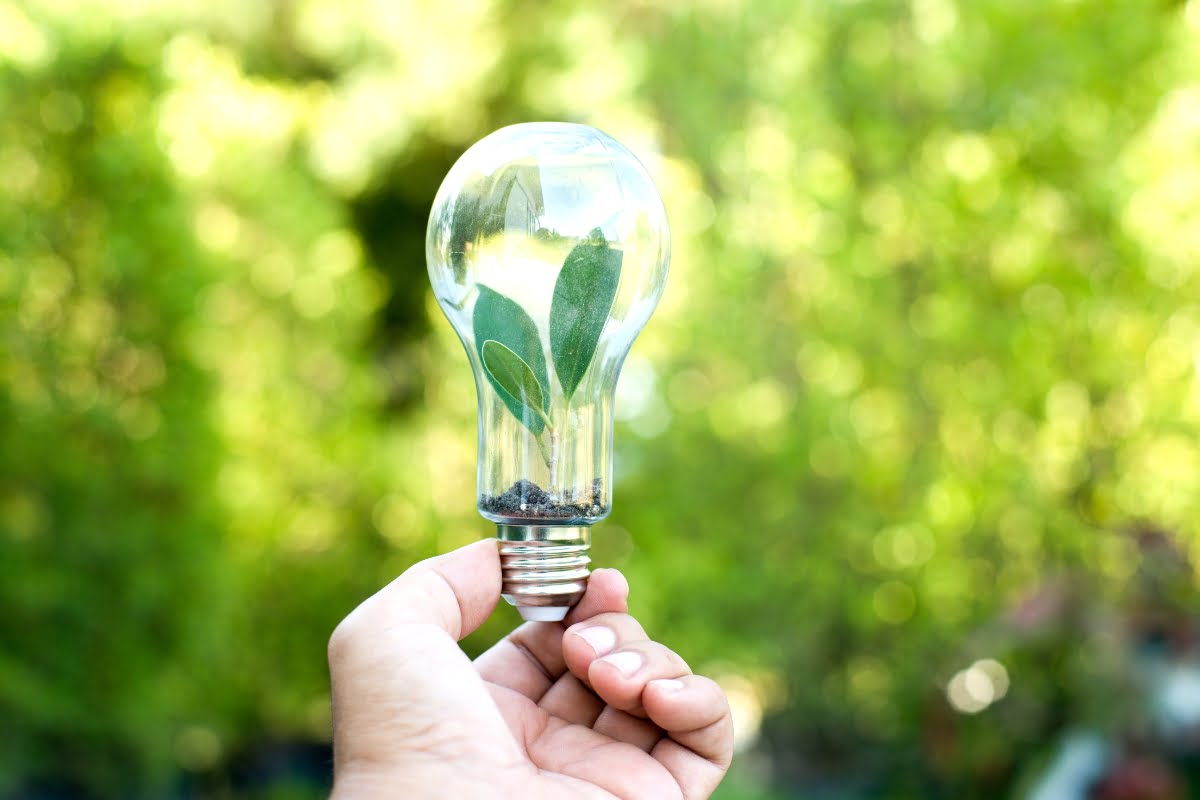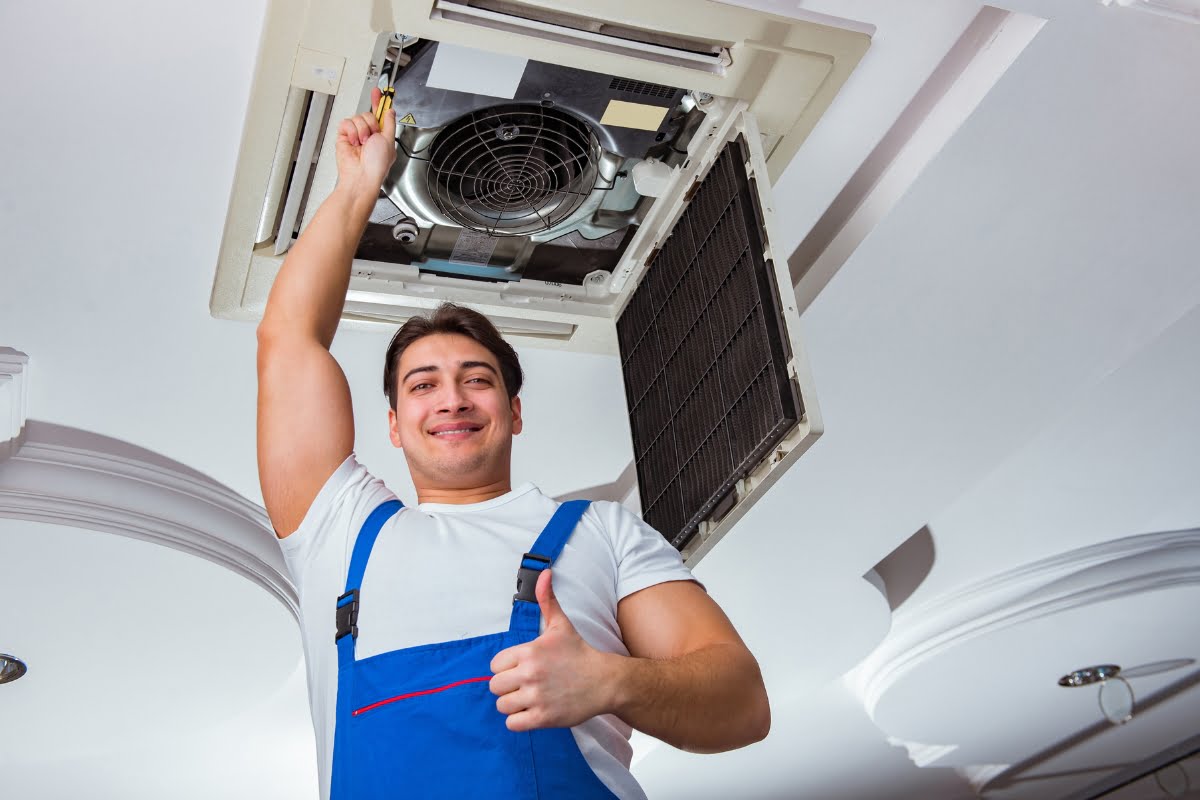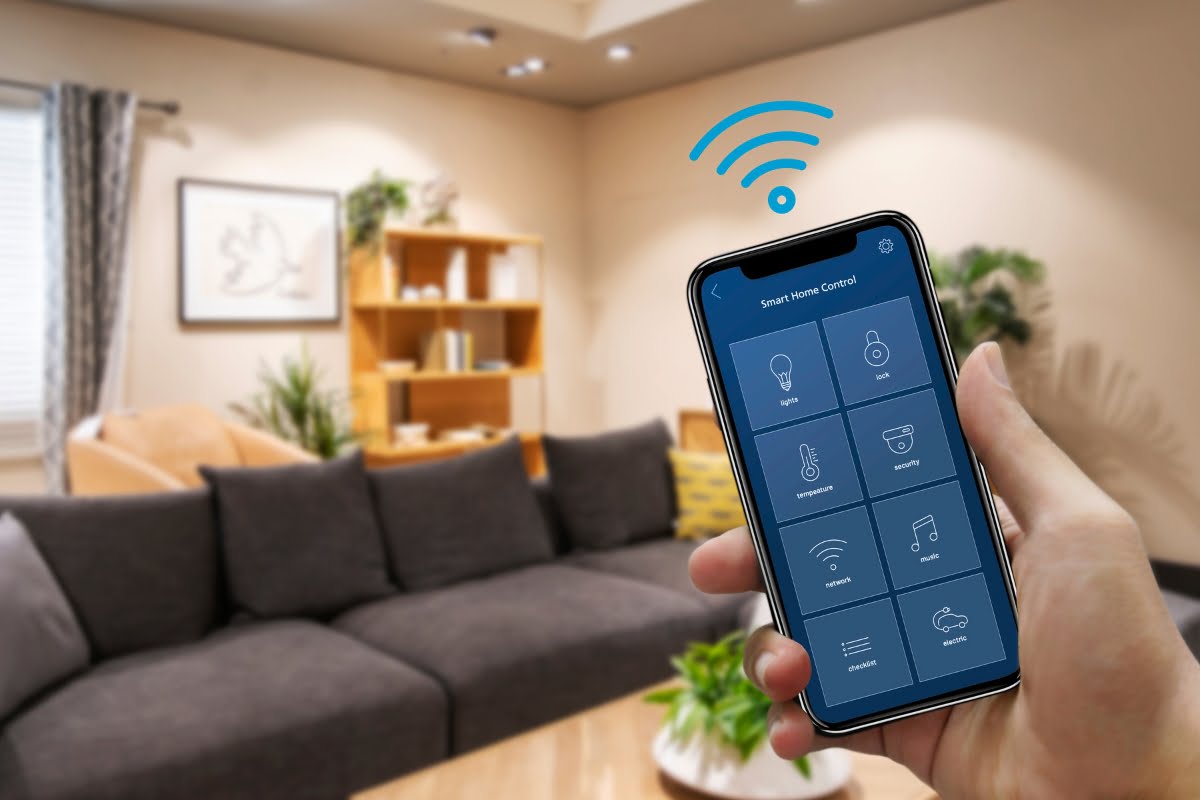Renewable energy is crucial for a sustainable future, reducing our reliance on fossil fuels and minimizing environmental impact. Learning how to make renewable energy at home and integrating it with your HVAC (heating, ventilation, and air conditioning) systems can significantly enhance energy efficiency and reduce utility bills.
In this blog post, you’ll discover practical DIY tips to make renewable energy at home and optimize your HVAC systems. Whether you’re a seasoned DIY enthusiast or just starting, these insights will help you create a greener, more energy-efficient home.
How to Make Renewable Energy at Home
Benefits of Renewable Energy at Home
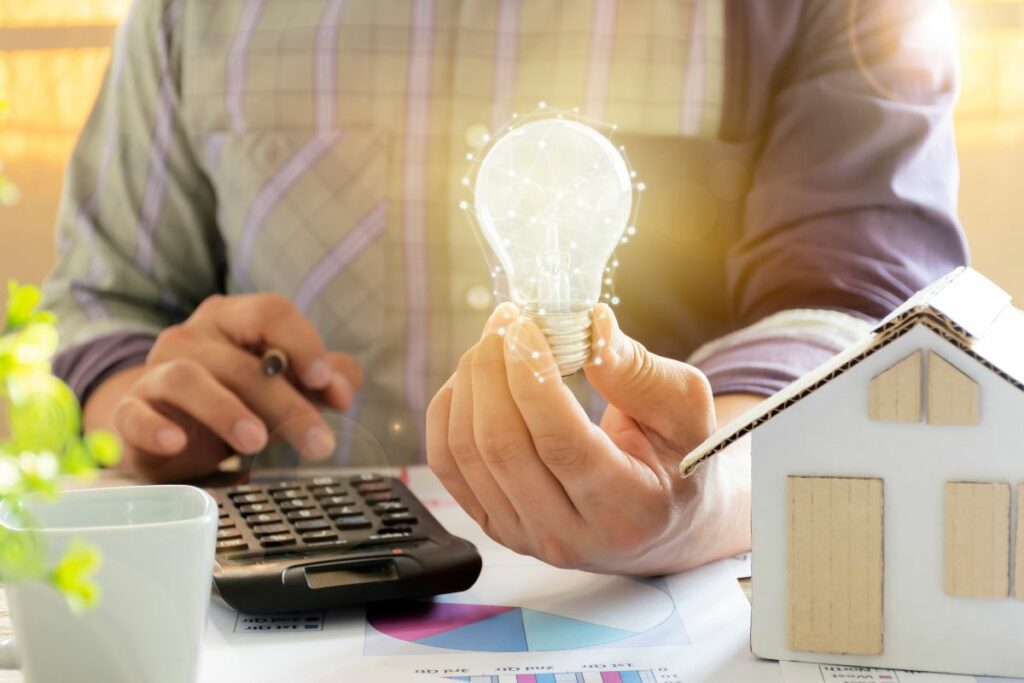
Using renewable energy sources such as solar and wind power eco-friendly HVAC solutions at home. It offers numerous benefits that contribute to both environmental sustainability and economic savings.
Environmental Clean Energy Benefits
- Reduced Carbon Footprint: Renewable clean energy sources produce minimal to no greenhouse gas emissions during operation, unlike fossil fuels which contribute significantly to air pollution and climate change.
- Conservation of Natural Resources: By relying on renewable energy, you help conserve finite resources like coal, oil, and natural gas that are typically used for conventional energy production.
- Improved Air and Water Quality: Renewable energy generation does not produce pollutants that can harm air quality or contaminate water sources, thereby promoting cleaner environments and healthier communities.
Economic Benefits
- Energy Cost Savings: Renewable energy systems can significantly reduce or eliminate your monthly energy bills, especially when paired with energy-efficient technologies and practices. There are also energy rebate programs that can offset the initial costs of installing renewable energy systems
- Stable Energy Prices: Unlike fossil fuels, whose prices can fluctuate due to geopolitical events and market demand, renewable energy prices are generally more stable over the long term.
- Job Creation and Economic Growth: The renewable energy sector creates jobs in manufacturing, installation, maintenance, and research, contributing to economic growth and local employment opportunities.
Solar Power Renewable Energy System for HVAC
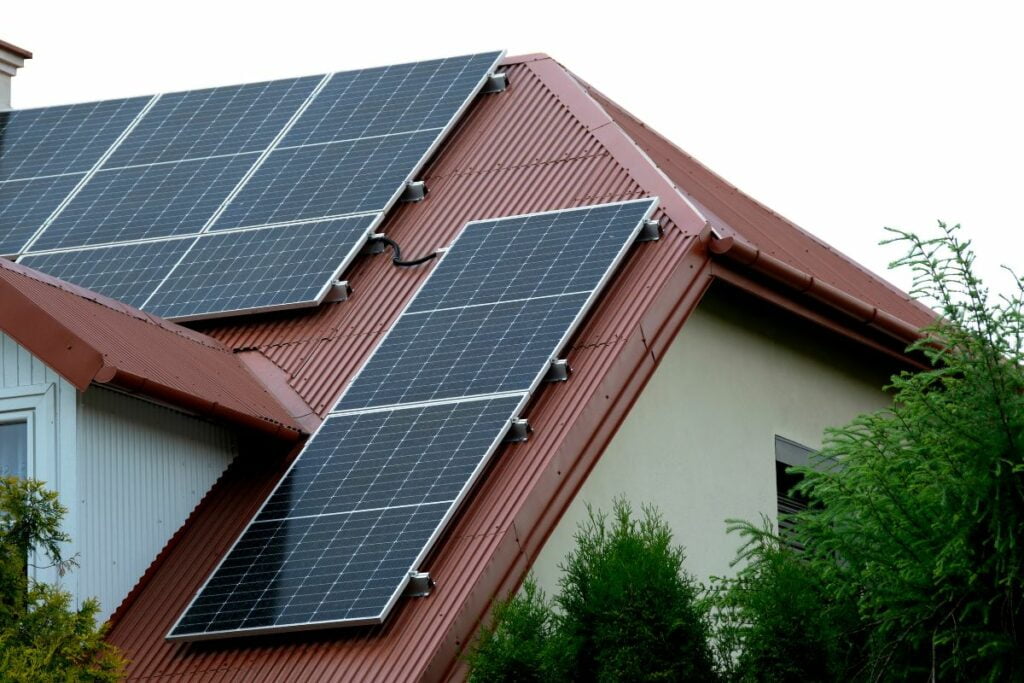
Harnessing solar energy can significantly reduce your energy bills and carbon footprint. Integrating solar solutions with your HVAC system is a smart way to enhance energy efficiency and sustainability in your home.
Installing Solar Panels
| Steps | Description |
| Evaluate Your Energy Needs | Determine home energy use. |
| Choose the Right Panels | Select efficient, high-quality panels. |
| Assess Your Roof | Ensure roof strength and sunlight exposure. |
| Install Mounting Hardware | Secure mounts to your roof. |
| Attach the Panels | Connect panels to mounting hardware. |
| Connect to Inverter | Link panels to inverter for electricity. |
| Set Up Monitoring | Install system to track energy production. |
To install solar panels, start by evaluating your energy needs to determine how much energy your home uses, which helps you decide the size and number of panels you need.
Next, choose the right panels by looking for efficient, high-quality options; read reviews and compare brands. Assess your roof to ensure it is strong and gets plenty of sunlight.
Then, secure the mounting hardware to your roof, following the manufacturer’s instructions. Once the mounts are in place, attach the solar panels to the mounting hardware.
Connect the panels to an inverter, which converts solar power into renewable electricity. Finally, set up a monitoring system to track your energy production.
Tips for Positioning and Optimizing Solar Energy Efficiency
- Face South: Panels should face south for maximum sunlight.
- Angle Right: Tilt the panels at the right angle for your latitude.
- Avoid Shade: Keep panels away from shadows cast by trees or buildings.
- Regular Cleaning: Clean panels regularly to remove dust and debris.
Solar-Power HVAC Units
Overview of Solar-Powered HVAC Options
- Solar Air Conditioners: Use solar panels to power AC units directly.
- Solar Heating Systems: Solar collectors heat air or water for home heating.
- Hybrid Systems: Combine solar power with traditional energy sources for reliability.
Benefits and Limitations
- Benefits:
- Lower energy bills.
- Reduced carbon footprint.
- Independence from the power grid.
- Limitations:
- High initial cost.
- Weather-dependent efficiency.
- Space requirements for panels.
Renewable Electricity: Wind Energy for HVAC Systems
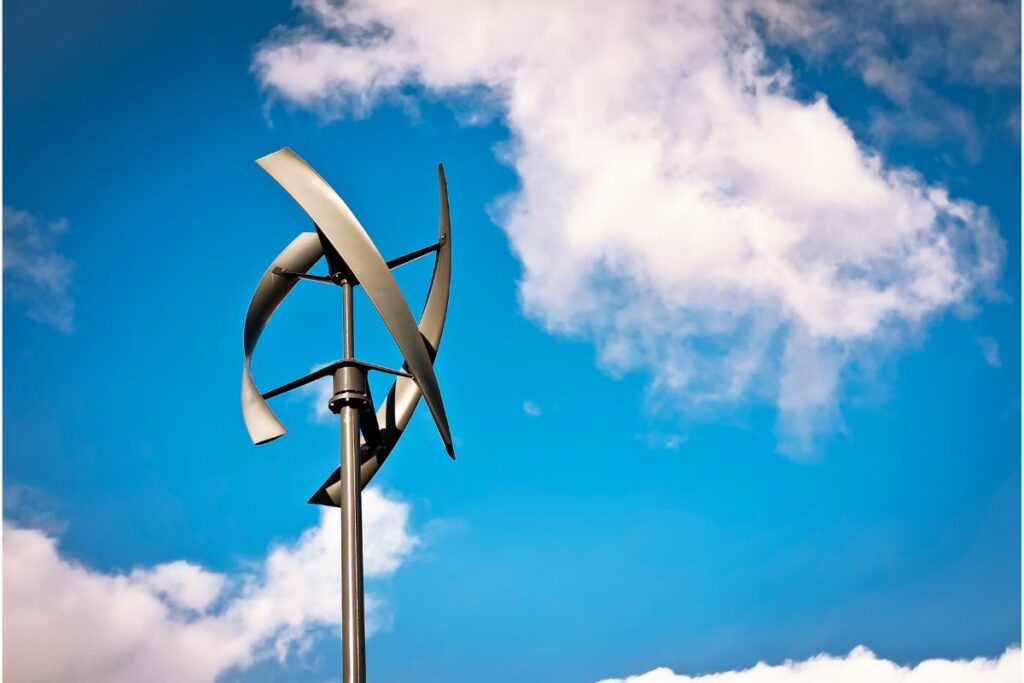
Harnessing wind energy is another excellent way to save energy and reduce reliance on the grid. Selecting the right wind turbine is crucial.
Look for a turbine designed for residential use, considering factors like average wind speed in your area, turbine efficiency, and power output. Small turbines with a capacity of 5-15 kW are usually suitable for home use. Read reviews and consult with manufacturers to ensure you choose a reliable model.
Installation Process and Key Considerations
| Steps | Description |
| Site Assessment | Check wind suitability; open, unobstructed areas ideal. |
| Permits and Regulations | Verify zoning laws; obtain required permits. |
| Foundation | Lay strong foundation for secure anchoring. |
| Tower Installation | Erect tall tower for optimal wind capture. |
| Turbine Assembly | Assemble and mount turbine on tower. |
| Electrical Wiring | Connect turbine to home’s electrical system. |
| Safety Checks | Conduct thorough safety checks before use. |
When installing a home wind turbine, start with a site assessment to ensure adequate wind exposure. Check local zoning laws for permits, then lay a secure foundation.
Erect a tall tower for optimal wind capture and assemble the turbine according to manufacturer guidelines. Connect it to your home’s electrical system with proper wiring.
Before operation, conduct thorough safety checks to ensure everything is installed correctly and safe to use. These steps ensure efficient performance and safety throughout the installation process.
Integrating Wind Energy with HVAC
Once your wind turbine is up and running, you’ll need to integrate it with your HVAC system to maximize efficiency.
Methods to Connect Wind Turbines to HVAC Systems
- Direct Connection: Connect the wind turbine directly to a compatible HVAC system designed for renewable energy inputs.
- Inverter Use: Use an inverter to convert the turbine’s DC output to AC, which can then power conventional HVAC systems.
Managing Energy Storage and Distribution
Efficient energy storage and distribution are key to ensuring a steady power supply. Install batteries to store excess energy generated by the wind turbine. This stored energy can be used when wind speeds are low.
Additionally, consider using a smart energy management system to distribute power efficiently between your wind turbine, HVAC system, and other home appliances.
Enhancing HVAC Efficiency with Renewable Energy
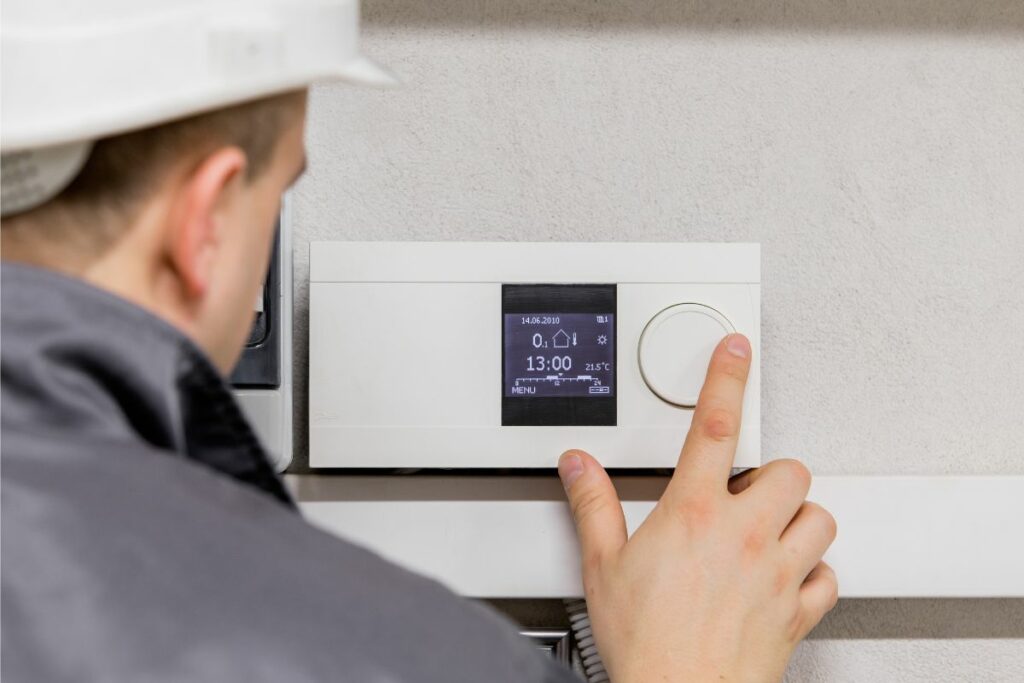
Now that you have an idea of how to make renewable energy at home, it’s time to find the best HVAC units to complement your efforts. Choosing the right HVAC system is crucial for maximizing energy efficiency and reducing operating costs.
Look for smart HVAC systems with high Seasonal Energy Efficiency Ratio (SEER) ratings for air conditioners and Heating Seasonal Performance Factor (HSPF) for heat pumps. Energy Star-certified models are a reliable indicator of energy efficiency and performance.
Retrofitting Existing HVAC Systems for Better Efficiency
If you already have an HVAC system in place, consider retrofitting it to improve efficiency:
- Upgrade Insulation: Ensure your home is well-insulated to reduce heat loss in winter and keep cool air inside during summer.
- Seal Ducts: Seal ducts to prevent air leaks, ensuring that conditioned air reaches its intended destination efficiently.
- Regular Maintenance: Schedule annual maintenance to ensure you have energy-efficient HVAC systems. Maintenance includes cleaning filters, checking refrigerant levels, and optimizing system performance.
Work with Professionals for Your Energy-Efficient Smart HVAC Systems
When it comes to integrating renewable energy into your home’s HVAC systems, don’t settle for anything less than expert guidance. At our Atlanta HVAC company, we specialize in helping homeowners like you achieve sustainable comfort through innovative solutions.
Say goodbye to soaring energy bills and hello to a reduced carbon footprint. Our team of professionals is committed to tailoring solutions that align perfectly with your renewable energy goals, delivering both comfort and environmental responsibility.
Partner with AD Campbell HVAC today to unlock the potential of eco-friendly HVAC solutions that truly make a difference. Call us at (404) 882-8226 or request HVAC services. We’re ready to help you find the best HVAC solutions for your home or business!



